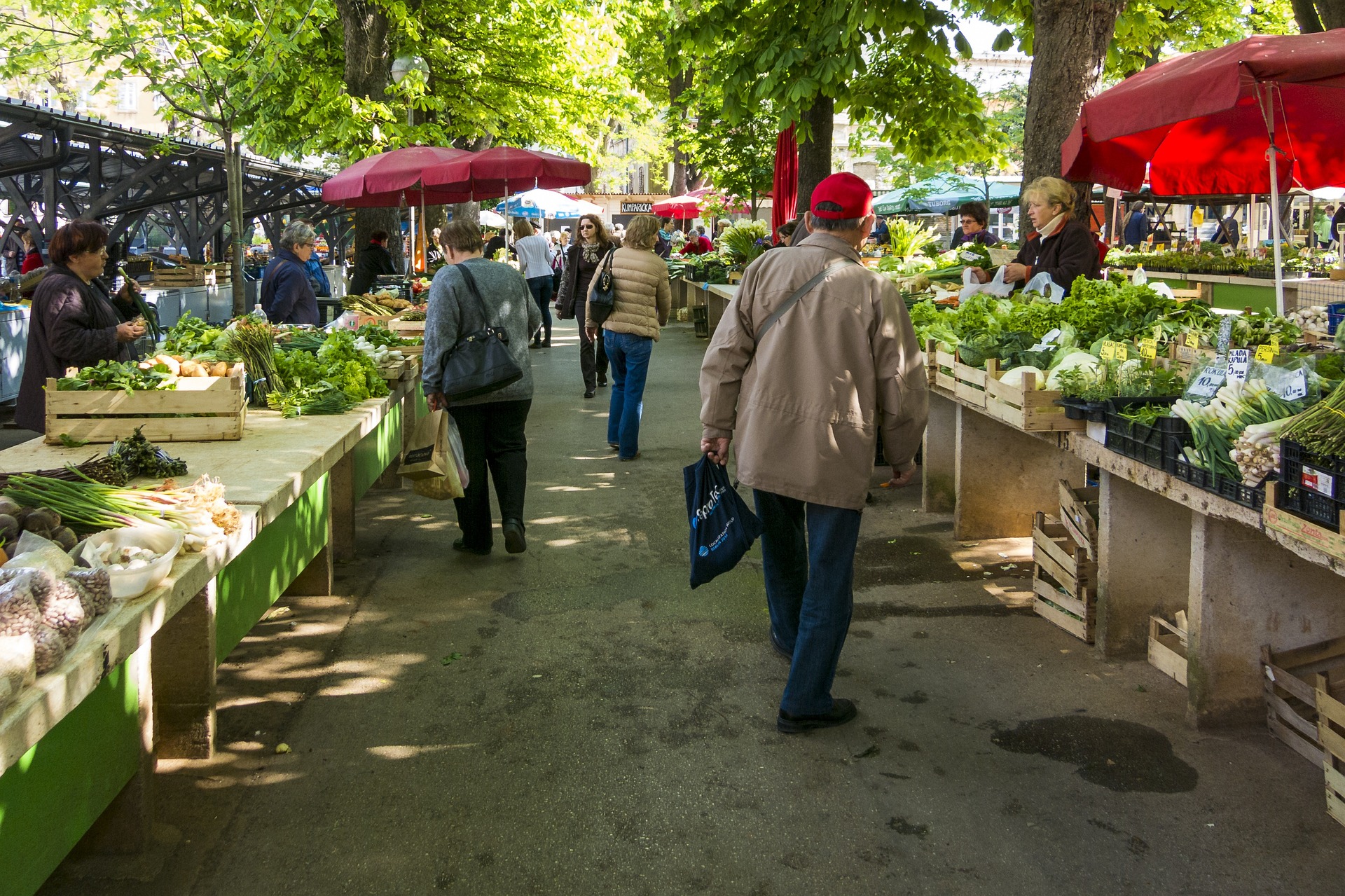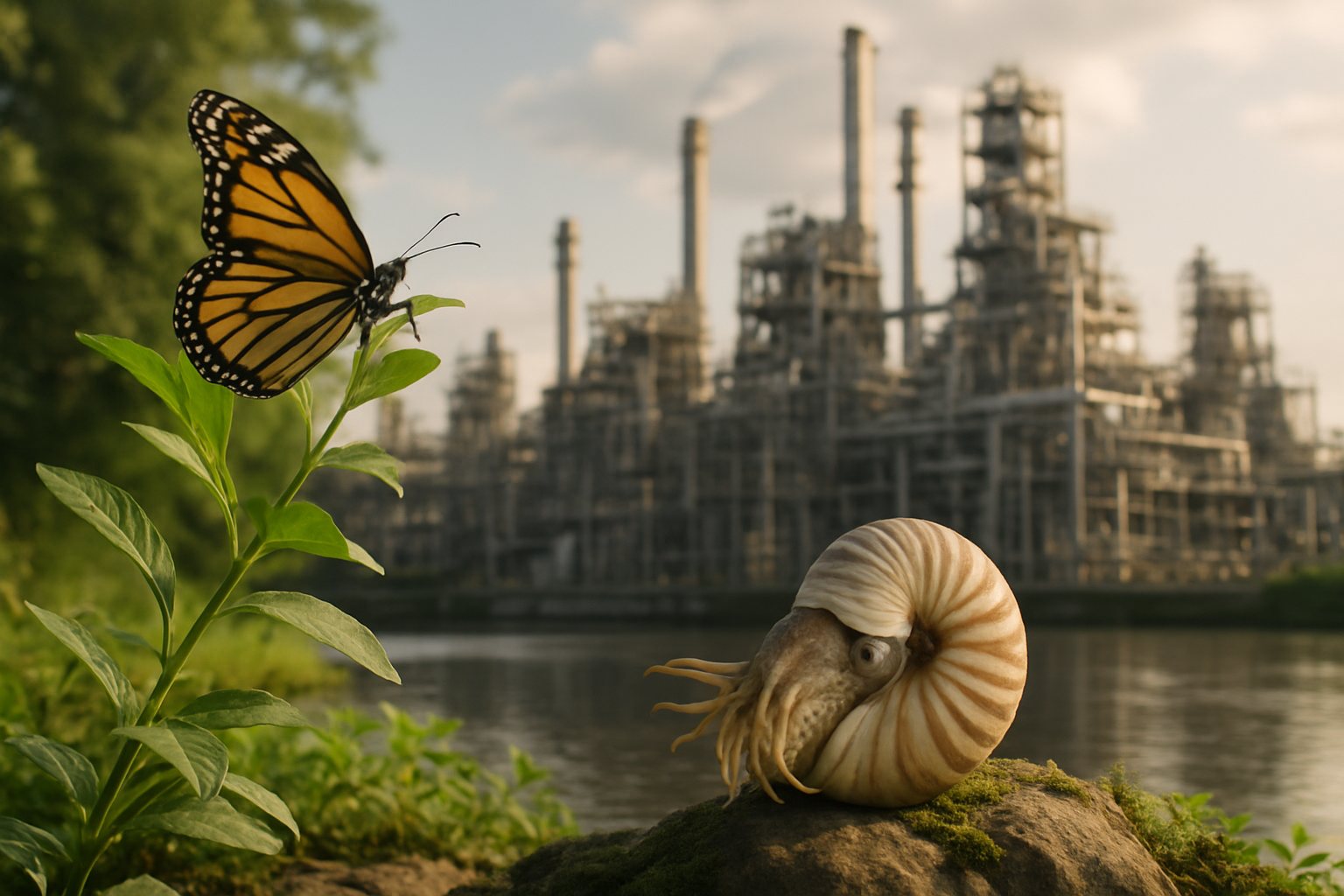Terrarium Tables: Bringing Nature to Your Living Room
Imagine a coffee table that's not just a surface for your books and beverages, but a living, breathing ecosystem. Picture delicate ferns, vibrant mosses, and miniature succulents thriving beneath a glass top, creating a mesmerizing display of nature right in your living room. This is the allure of terrarium tables, a trend that's captivating home decor enthusiasts and nature lovers alike.

The Evolution of Terrarium Tables
The concept of terrariums dates back to the 19th century when Dr. Nathaniel Bagshaw Ward accidentally discovered that plants could thrive in sealed glass containers. This discovery led to the creation of Wardian cases, which were used to transport exotic plants across long distances. Fast forward to the present day, and we see this idea reimagined in the form of terrarium tables.
The modern terrarium table emerged as designers sought ways to integrate nature into urban living spaces. With city dwellers craving connection to the natural world, these tables offered a solution that was both aesthetic and practical. Unlike traditional terrariums, which are often small and decorative, terrarium tables serve a dual purpose as functional furniture pieces and miniature ecosystems.
Design Elements and Variations
Terrarium tables come in a variety of styles and sizes to suit different interior aesthetics. Some feature sleek, minimalist designs with clear glass tops and metal frames, while others incorporate natural materials like wood or stone for a more organic look. The size of the terrarium compartment can vary from a shallow layer beneath the glass to a deeper enclosure that allows for more complex plant arrangements.
The beauty of terrarium tables lies in their versatility. They can be customized to fit any decor style, from modern and industrial to rustic and bohemian. Some designs even incorporate LED lighting to illuminate the miniature landscape, creating a captivating glow that transforms the table into a living work of art as evening falls.
Creating Your Own Terrarium Table Ecosystem
One of the most appealing aspects of terrarium tables is the opportunity they provide for creativity and personal expression. Creating the perfect miniature landscape within your table can be a rewarding and meditative process. Start by selecting a variety of small plants that thrive in humid environments, such as ferns, mosses, and air plants.
Layer the base of your terrarium with pebbles for drainage, followed by activated charcoal to keep the environment fresh. Add a layer of soil suitable for your chosen plants, and then let your imagination run wild as you arrange your mini garden. Consider incorporating small decorative elements like pebbles, driftwood, or tiny figurines to create a whimsical scene.
Maintenance and Care
While terrarium tables are generally low-maintenance, they do require some care to keep them thriving. The enclosed nature of the terrarium creates a self-sustaining environment, but occasional watering and pruning are necessary to maintain the health of the plants. It’s important to choose plants with similar care requirements and to monitor the humidity levels within the terrarium.
One advantage of terrarium tables is that they protect your furniture from water damage and soil spills, making them an ideal solution for those who love plants but worry about the mess. The glass top also serves as a protective barrier, allowing you to enjoy your coffee or display items without disturbing the delicate ecosystem below.
The Benefits of Living Furniture
Incorporating a terrarium table into your home offers more than just aesthetic appeal. Studies have shown that exposure to nature, even in small doses, can have significant positive effects on mental health and well-being. Terrarium tables bring a slice of the outdoors inside, helping to reduce stress, improve air quality, and create a sense of calm in your living space.
Moreover, these tables serve as a constant reminder of the beauty and resilience of nature. Watching your miniature garden grow and change over time can be a source of joy and connection to the natural world, especially for those living in urban environments with limited access to green spaces.
Terrarium Tables in Various Settings
While terrarium tables are commonly found in living rooms, their versatility allows them to shine in various settings throughout the home. In a home office, a terrarium table can serve as a calming focal point, helping to reduce stress and increase productivity. In a bedroom, it can create a serene atmosphere conducive to relaxation and restful sleep.
These innovative pieces are also making their way into commercial spaces. Restaurants and cafes are incorporating terrarium tables to create unique dining experiences, while offices are using them to improve employee well-being and add a touch of nature to sterile work environments.
The Future of Biophilic Furniture Design
As our lives become increasingly disconnected from nature, the demand for biophilic design elements in our homes and workplaces continues to grow. Terrarium tables represent just one example of how designers are finding innovative ways to bring the outdoors in. This trend is likely to evolve further, with future designs potentially incorporating smart technology to monitor and maintain optimal growing conditions within the terrarium.
The popularity of terrarium tables also speaks to a broader shift towards more sustainable and mindful living. By creating self-contained ecosystems within our furniture, we’re not only enhancing our living spaces but also fostering a deeper appreciation for the natural world and our role in preserving it.
In conclusion, terrarium tables offer a unique and captivating way to integrate nature into our daily lives. They challenge our perception of what furniture can be, transforming static objects into living, breathing pieces of art. As we continue to seek ways to connect with nature in our increasingly urban world, these innovative designs provide a glimpse into the future of home decor—one where the line between indoor and outdoor living becomes beautifully blurred.





